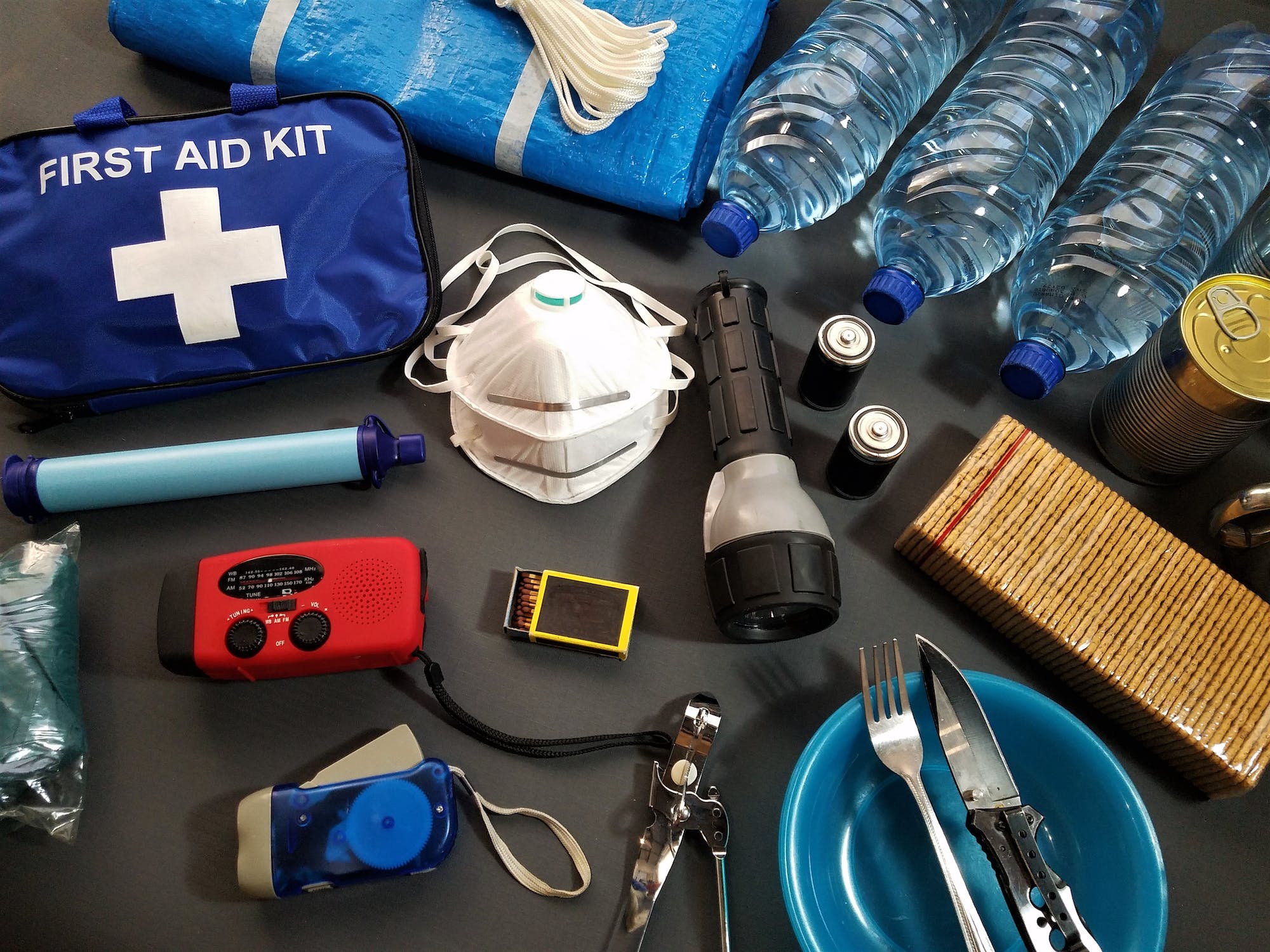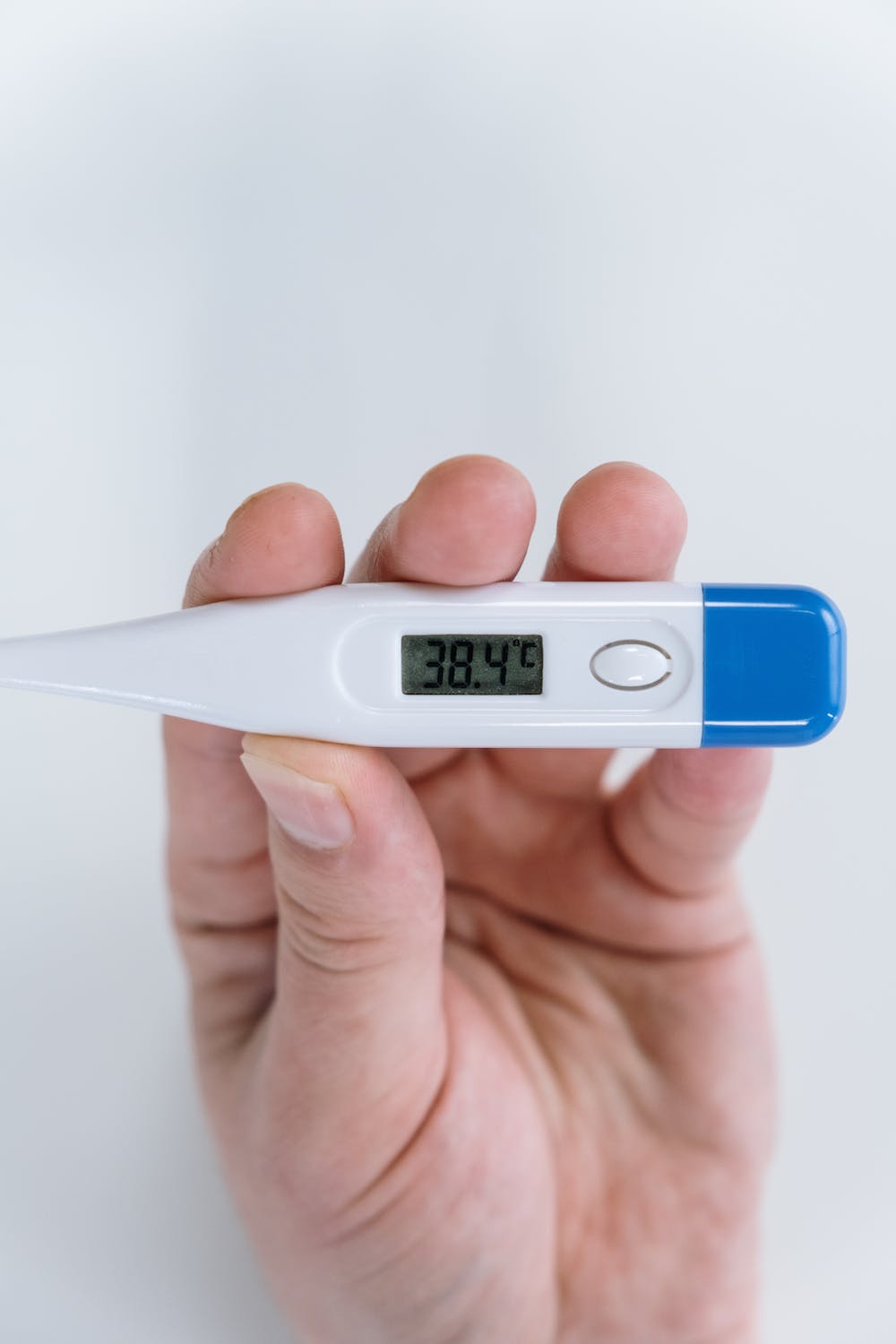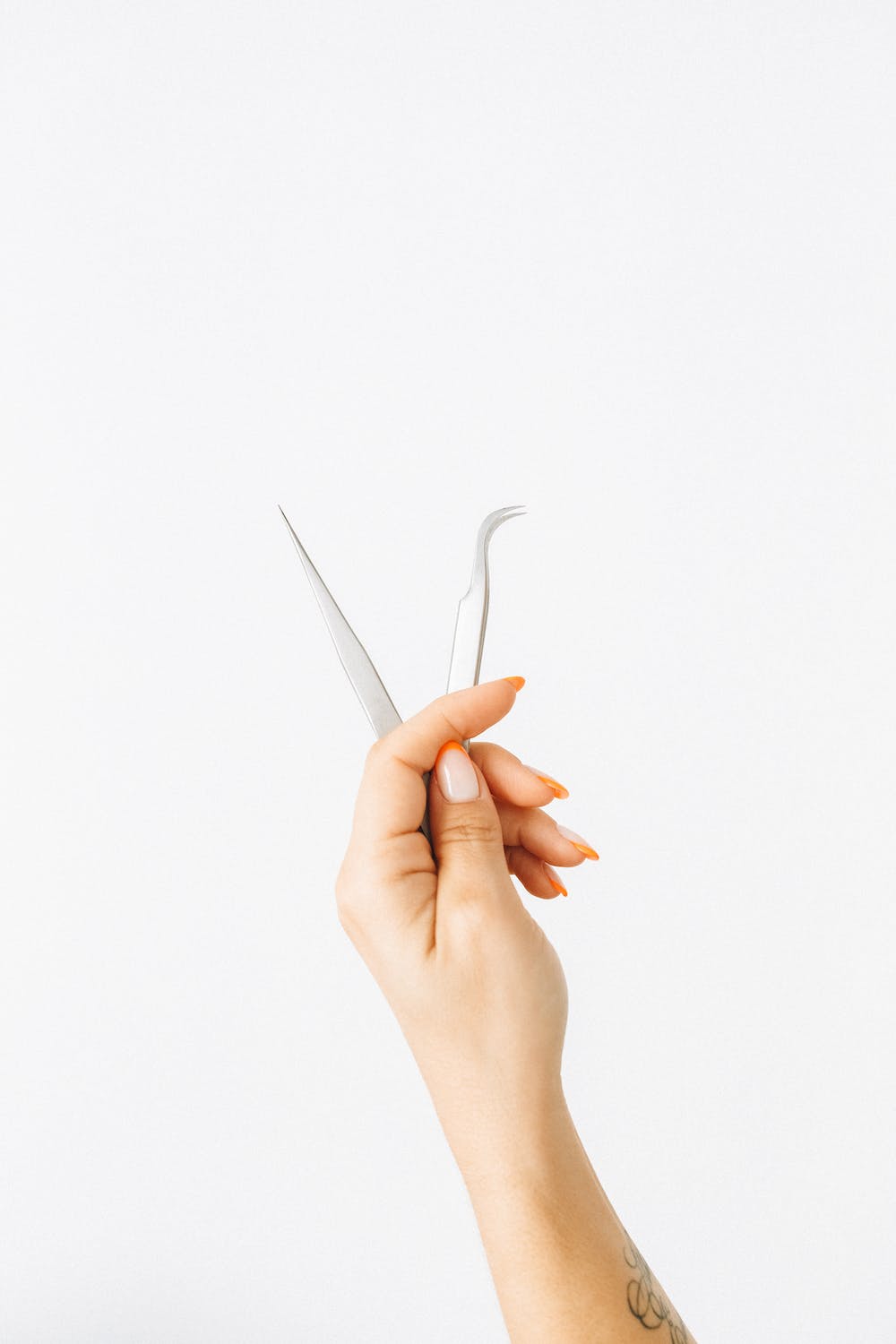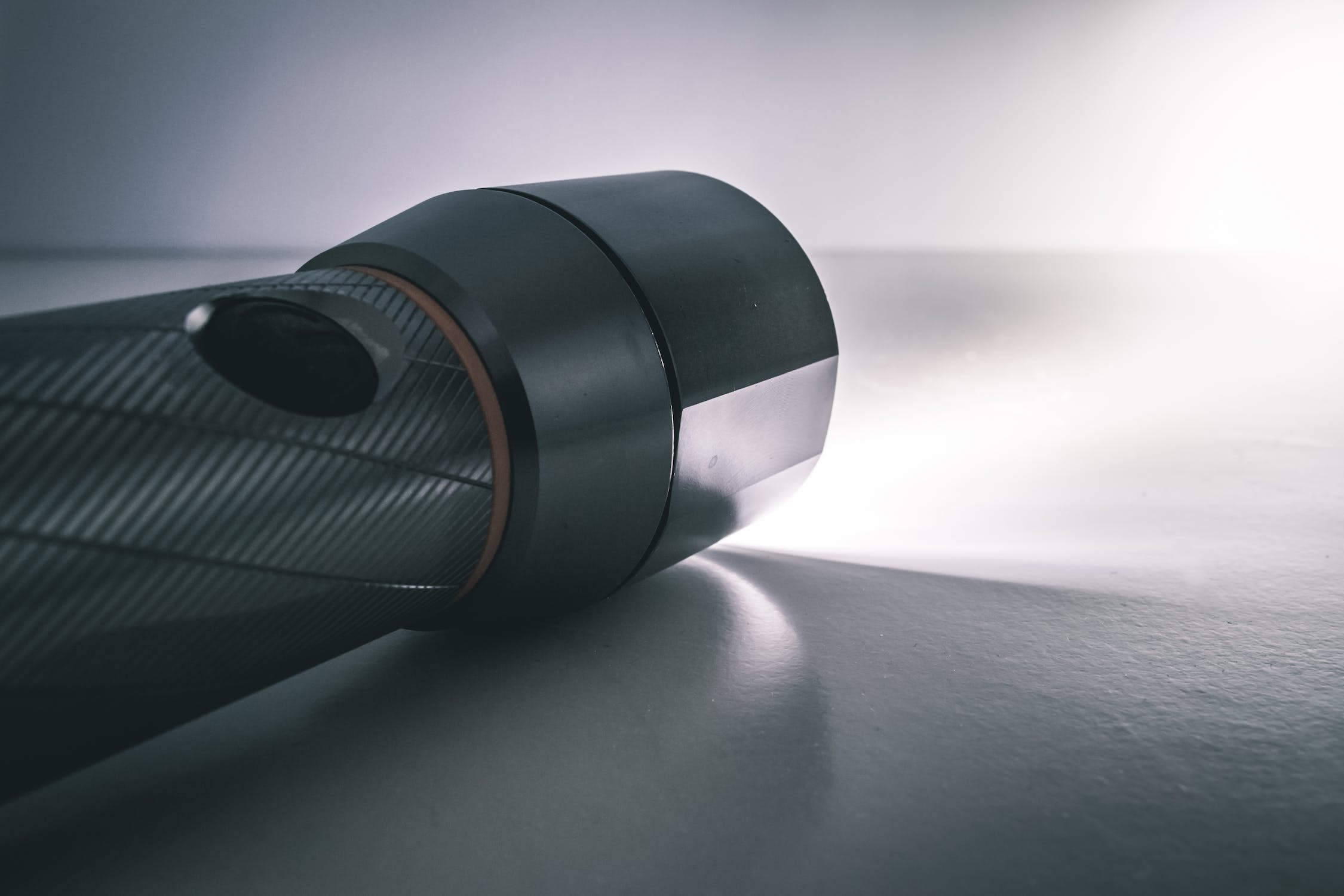A first aid kit is necessary in every home and car, whether for minor ailments or more serious injuries. It can lessen the likelihood of infection or lessen the severity of an injury. First aid kits often contain a range of items that can be used to treat burns, sprains, cuts, and other wounds. Either create your own kit or purchase one online is simple. Discover the essential items that should be included in a first aid kit as well as safety advice for your family at home and on the road.
1. Bandages and Cleaning Supplies
The most frequent injuries you could sustain at home include cuts, scrapes, and burns. You should maintain your first aid box well-stocked with supplies to treat these wounds, including latex gloves, gauze pads, adhesive bandage tape, roller bandages, antiseptic wipes, hydrogen peroxide, antibiotic ointment, and adhesive bandages of various sizes.
2. Thermometer
While a person’s “normal” body temperature might vary somewhat throughout the course of the day, an abruptly high temperature may be a sign of an infection or disease. You can check for a fever in yourself or another family member and decide what to do next by keeping a thermometer in a convenient location.
3. Over-the-Counter Medications
Over-the-counter medicines can frequently help you control the symptoms of headaches, muscle aches, itching, inflammation, and stomachaches. Ibuprofen, Acetaminophen, Throat lozenges, Cold medications, Bismuth tablets, Laxatives, and Loperamide should all be present in your first-aid kit.
4. Prescription Medication
If you take prescription medications, your first aid pack need to have at least a week’s worth. In an emergency, such as a snowstorm, hurricane, or other calamity, having a modest supply of your normal prescriptions on hand can be helpful. A current list of your drugs and dose guidelines should also be kept in your pack.
5. Instant Heat and Cold Packs
You risk falling, tripping, and bumping your head even at home. Pain may result from these wounds. Instant heat and cold packs can be helpful if you don’t have ice packs in your freezer (or if your power goes out and you can’t use your microwave). Squeezing them will activate them while you keep them at room temperature. Then, as the water and salt combine inside the pack, a warming or cooling reaction occurs.
6. Tweezers
It is never pleasant to have a splinter or shard of glass lodged in your flesh. In addition to being painful, if left untreated for too long, it may get infected. You can get rid of tenacious splinters by using tweezers. Instead of attempting to search through the home for them, keeping them in your emergency kit makes it easier for you to get them fast.
7. Water and Non-Perishable Food Items
In emergency scenarios like blizzards or power outages, having a supply of water and non-perishable food items might be helpful. Stock up on items that are simple to prepare without electricity and bottled water.
8. Emergency Blanket
Being without heat during the cooler months is one of the last things you want. Having blankets on hand can help keep you warm if you experience a power outage. Keeping special emergency blankets, sometimes known as space blankets, in your bag is something you might even think about doing. They stay close to you and keep you warm because their materials capture your body heat.
9. Radio
Watching the local news and weather is crucial when the power goes out, especially during a major storm. Even with a portable charger that is completely charged, you could use your smartphone, but you might want to conserve the battery. An AM/FM radio with batteries or a hand crank should be included in your emergency supply bag instead. You can then listen for updates, alarms, and other things.
10. Flashlight
A LED flashlight and additional batteries are useful to have on hand in case you lose power at night or need to complete a task at night. If necessary, you can also think about purchasing a few tiny battery-operated lanterns to provide light in a few strategic areas throughout your home.
11. Phone Charger
You can do a lot with a smartphone. It can be used to check the news and the weather, keep in touch with friends and family to check on their safety, and contact emergency services if necessary. But if the battery runs out or goes too low, it won’t be of any use to you. Even when all other power sources fail, a fully charged portable phone charger can help keep your phone powered.
12. Notepad and Pen
Having this in your pack is an excellent idea because it will serve as a reminder to record the symptoms and the specifics of what caused them. In order for doctors or paramedics to determine whether the situation calls for more aid, this information may be crucial.
13. Emergency Contacts
Last but not least, including a list of emergency contacts in your first aid box is always a good idea. Even though your smartphone has a number storage feature, you might not have the one for the fire or police department in your neighborhood. Additionally, you might want to have the phone numbers for your pediatrician, doctor, and poison control. In this manner, you can instantly contact everyone you require at any time.
You’re prepared for a while now that you’ve made a first-aid kit, but you’ll need to check on it often to make sure everything is updated. Every year, check that your first-aid kit is up to date and suitable for use. Anything that might be out of date or old needs to be taken out and replaced. Replace any batteries in electronics, replace any outdated prescriptions with fresh ones, and look for rust on any metal objects. Also, don’t forget to replace everything you’ve used all year!
Conclusion
Every home needs a first aid kit. It keeps you ready for minor injuries like cuts and scrapes that may occur at home. Additionally, it can store supplies for surviving emergencies like a power outage or blizzard. These are the items you ought to maintain in your home’s first aid kit, whether you purchase one or make one yourself.





